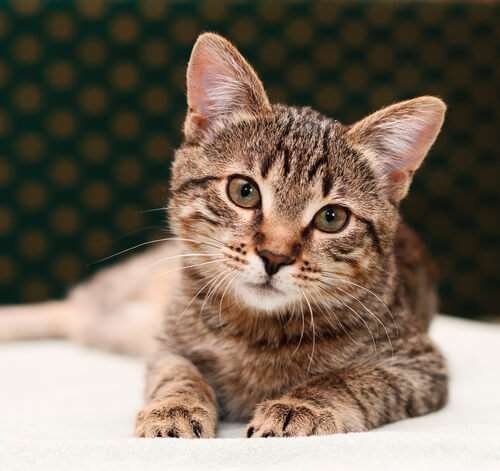Tabby cats are often the center of admiration with their stunning coat patterns and expressive eyes, but have you ever wondered if they are as friendly as they appear? In this article, we will uncover the truth about tabby cats and their disposition towards humans, exploring their natural sociability and their unique personalities. Whether you are a cat enthusiast looking to adopt a new furry friend or simply curious about these captivating creatures, read on to discover if tabby cats truly live up to their reputation as affectionate and friendly companions.
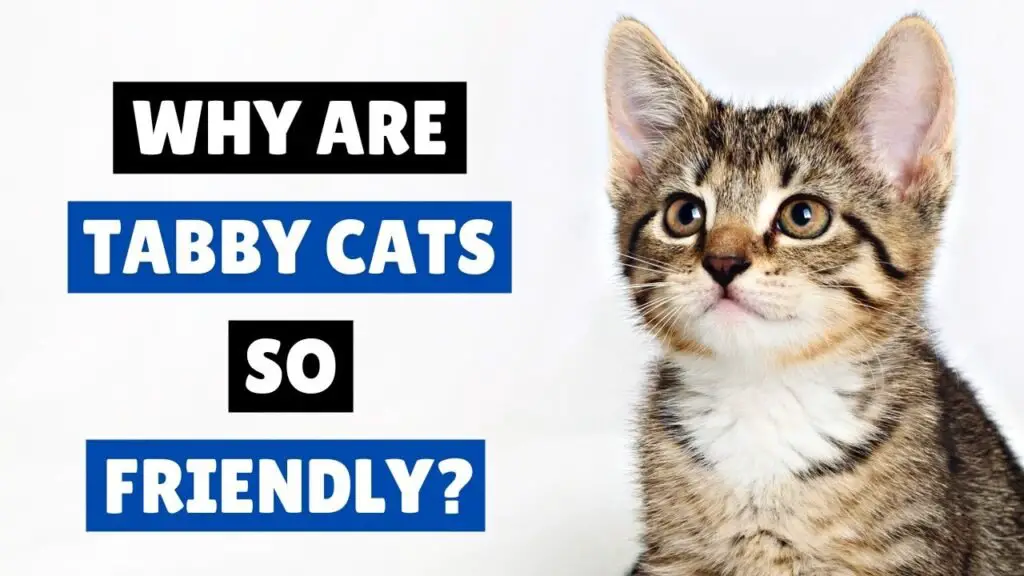
Introduction
Tabby cats are a popular choice for many pet lovers due to their distinctive coat patterns and lovable personalities. If you are considering welcoming a tabby cat into your family, you may be curious about their friendliness and social behavior. This comprehensive article aims to explore the different aspects of tabby cats‘ personalities, socialization, and how to create a friendly environment for them. We will also address common misconceptions and provide guidance for interactions with children and shy or fearful tabby cats.
Understanding Tabby Cats
Physical characteristics
Tabby cats are known for their beautiful coat patterns, which can range from classic to mackerel, spotted, and ticked. They typically have an “M” marking on their forehead and stripes or swirls on their bodies. However, it’s important to note that tabby is not a breed but refers to a specific coat pattern that can be found in various cat breeds.
Personality traits
Tabby cats are generally known to be friendly, affectionate, and sociable. They often form strong bonds with their human companions and enjoy participating in family activities. While each cat has its own unique personality, tabbies tend to be outgoing, curious, and playful. Their friendly nature makes them suitable companions for families and individuals alike.
Common coat patterns
Tabby cats come in a variety of coat patterns. The classic tabby pattern is characterized by bold, swirling marbling on the sides and a distinct “bullseye” pattern on the sides of the body. Mackerel tabbies have thin, vertical stripes resembling fishbones. Spotted tabbies have spots instead of stripes, and ticked tabbies have a subtle, finely speckled coat. Each coat pattern contributes to the unique charm of tabby cats.
Social Behavior of Tabby Cats
Affectionate nature
Tabby cats are known for their affectionate nature, often seeking out human touch and companionship. They enjoy being petted, cuddled, and given attention from their loved ones. Their affectionate behavior can create a strong bond with their owners and make them wonderful lap cats.
Interactions with humans
Tabby cats tend to be sociable and enjoy interacting with humans. They often greet their owners at the door, follow them around the house, and enjoy sitting close to their loved ones. They may also engage in playful behaviors like chasing toys or swatting at dangling strings to engage their human companions in interactive play sessions.
Compatibility with other pets
Tabby cats generally have a friendly disposition towards other pets, including dogs and other cats. However, it is crucial to introduce them gradually and monitor their interactions to ensure a harmonious relationship. Proper socialization and positive experiences can significantly enhance the compatibility between tabby cats and other pets.
Factors Affecting Friendliness
Early socialization
Early socialization plays a vital role in shaping a tabby cat’s friendliness towards humans and other animals. Kittens should be exposed to a variety of people, environments, and positive experiences during their early weeks of life. This helps them develop confidence, trust, and a friendly demeanor as they grow older.
Individual variations
While tabby cats are generally friendly, there can be variations in their individual personalities. Just like humans, cats have their own unique traits and preferences. Some tabbies may be more outgoing and sociable, while others may be more reserved or independent. Understanding and respecting these individual variations can help create a harmonious bond between you and your tabby.
Genetics and breeding
Genetics can also play a role in a cat’s friendliness. Breeders who selectively breed cats for their friendly and sociable traits contribute to the overall friendliness of tabby cats. If you wish to adopt a tabby cat, considering the reputation and breeding practices of the breeder can give you insight into the potential friendliness of the cat.
Previous experiences
A cat’s previous experiences can shape their behavior and friendliness. Cats who have had positive experiences with humans and other animals are more likely to be friendly and sociable. Conversely, if a cat has had negative experiences or trauma, they may exhibit fear or aggression. Patience, understanding, and positive reinforcement can help rehabilitate and create a friendly environment for cats with challenging pasts.
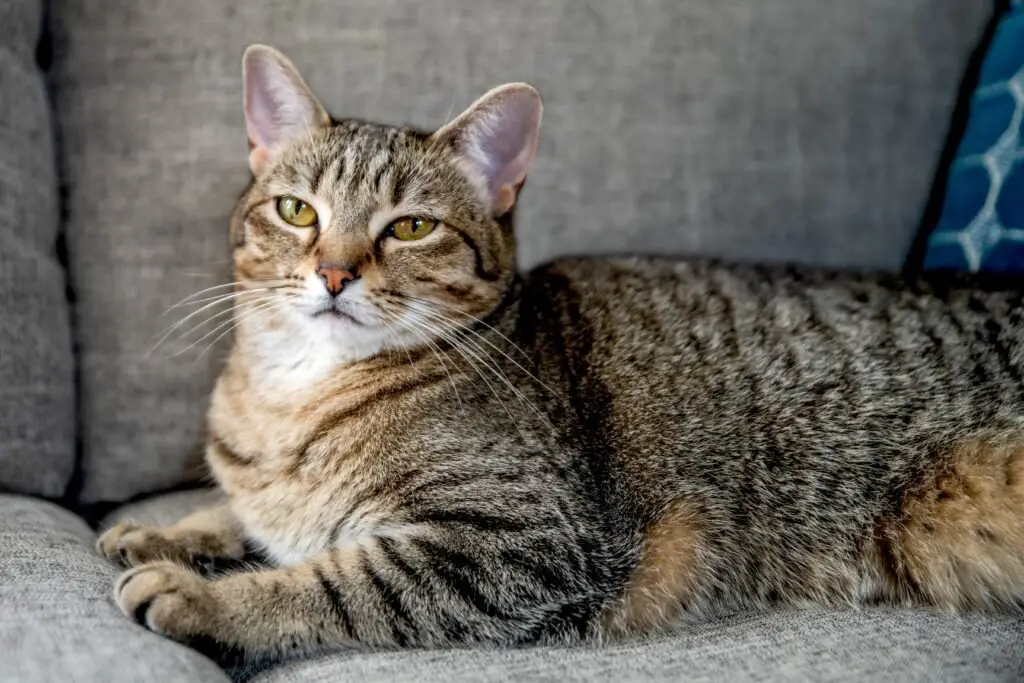
Creating a Friendly Environment
Providing necessary resources
To create a friendly environment for your tabby cat, ensure that their basic needs are met. Provide them with nutritious food, fresh water, a comfortable bed, and a clean litter box. Create designated areas for scratching, climbing, and hiding to fulfill their natural instincts. Having plenty of vertical spaces, such as cat trees or shelves, can also promote a sense of security.
Positive reinforcement
Positive reinforcement plays a crucial role in shaping the behavior of your tabby cat. Use praises, treats, and toys to reward and encourage good behavior. When your cat displays friendly or desirable behavior, such as using the litter box appropriately or being calm during grooming, reward them with treats and verbal affirmations. This positive association helps strengthen the bond between you and your cat.
Regular play and exercise
Tabby cats are active and playful, so it’s important to provide them with regular play and exercise opportunities. Engage in interactive play sessions using toys like feather wands or laser pointers. This not only provides physical stimulation but also strengthens the bond between you and your cat. Creating an enriching and stimulating environment can reduce stress and contribute to a friendly demeanor.
Maintaining a calm atmosphere
Cats, including tabbies, are sensitive to their environment. Maintaining a calm and tranquil atmosphere at home can contribute to their overall well-being and friendliness. Avoid loud noises or sudden disturbances that may startle or stress your cat. Providing quiet spaces where they can retreat to and ensuring a consistent daily routine can help create a peaceful environment for your tabby.
Training and Socializing Tabby Cats
Basic obedience training
Training your tabby cat in basic obedience commands can help establish boundaries and enhance their friendliness. Teach commands such as sit, stay, and come using positive reinforcement techniques. Consistency, patience, and reward-based training methods are key to ensuring a positive learning experience for your tabby.
Teaching good manners
Training your tabby cat to have good manners is essential for a harmonious and friendly coexistence. Encourage behaviors such as not scratching furniture, using the scratching post instead, or waiting calmly during meal times. Continual reinforcement and redirection towards desired behaviors will help your tabby develop good manners and enhance their social interactions.
Exposing to various situations
Exposing your tabby cat to various situations, environments, and people can help them develop confidence and adaptability. Gradually introduce them to new experiences, such as car rides, vet visits, or meeting different people. This exposure should be positive, with plenty of treats and reassurance. The more experiences your tabby has, the more well-rounded and sociable they are likely to become.
Reward-based socialization
Socialization is crucial for tabby cats to become friendly and well-adjusted. Introduce them to other animals, both within and outside your home, as well as new people of all ages. Use a reward-based approach by offering treats and praise for calm and friendly behaviors during these social encounters. This positive reinforcement encourages your tabby to associate new experiences with positive outcomes.
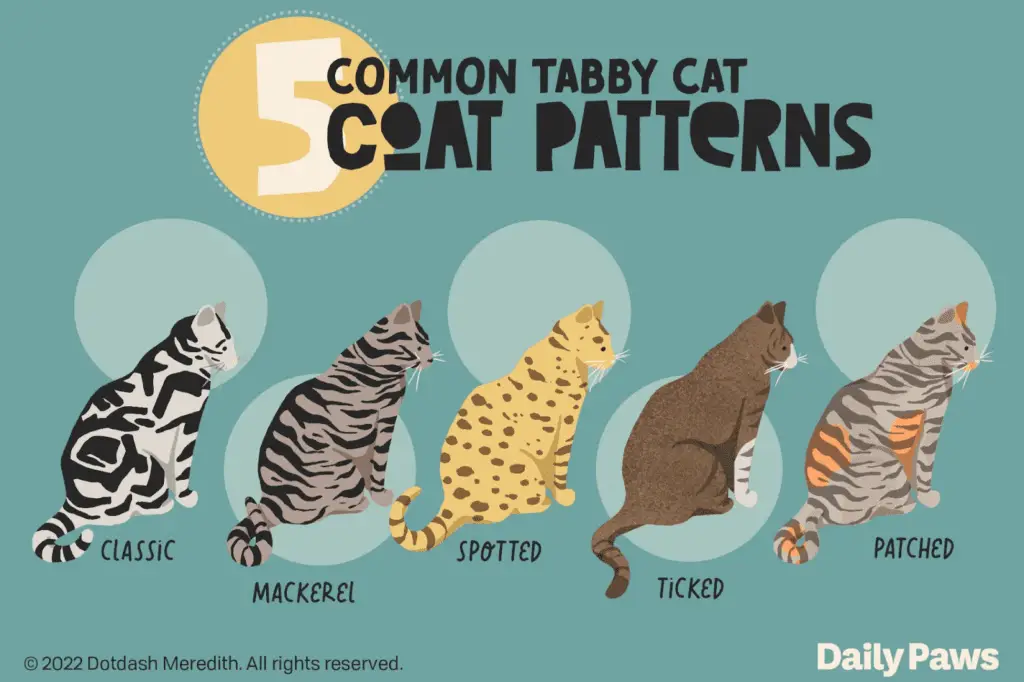
Common Misconceptions about Tabby Cats
Being aloof or unfriendly
Contrary to popular belief, tabby cats are generally not aloof or unfriendly. Their friendly and sociable nature makes them excellent companions for both individuals and families. While individual variations exist, it is important to understand that the tabby coat pattern does not determine a cat’s friendliness.
Aggressiveness
Some people may associate tabby cats with aggressiveness due to their wildcat-like appearance. However, it is essential to remember that aggression is not a trait specific to tabby cats or any particular coat pattern. Aggression in cats can arise due to various factors such as fear, stress, or inadequate socialization. Understanding and addressing the underlying causes of aggression can help promote a friendly environment for your tabby.
Non-friendly coat color myths
Certain myths surround coat colors and their supposed correlation with a cat’s temperament. It is crucial to dismiss these misconceptions. Coat color, including tabby patterns, does not determine a cat’s friendliness or personality. Each cat, regardless of its coat color or pattern, should be judged based on its own individual traits and experiences.
Tabby Cats in Families and with Children
Best family companions
Tabby cats are often considered excellent family companions due to their friendly, sociable nature. They enjoy being part of the family dynamic and can form strong bonds with family members of all ages. Their patience and adaptability make them suitable for households with children, seniors, or individuals living alone.
Interactions with children
Tabby cats can have wonderful interactions with children when proper guidance and supervision are provided. Teach children to respect the cat’s boundaries, avoid rough handling, and not to pull on their tail or ears. Encourage gentle petting and supervised play sessions to foster a positive and friendly relationship between the tabby cat and children.
Supervision and teaching children
It is essential to supervise interactions between young children and tabby cats to ensure the safety and well-being of both. Young children may not fully understand how to interact appropriately with cats, so it is vital to teach them about gentle handling, reading feline body language, and respect for the cat’s personal space. By educating children, you can help foster a loving and friendly relationship between them and the tabby cat.
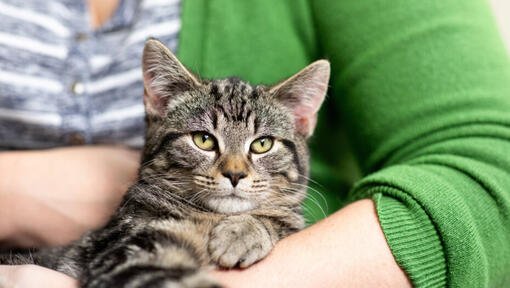
Helping Shy or Fearful Tabby Cats
Identifying signs of fear or shyness
Shy or fearful behavior in tabby cats can manifest in various ways, including hiding, hissing, excessive grooming, or avoiding interactions. It is important to learn to recognize these signs and respond appropriately to create a supportive environment for your cat.
Building trust gradually
Helping a shy or fearful tabby cat involves building trust gradually. Create a safe space for your cat with hiding spots and provide them with plenty of time and patience to acclimate to their surroundings. Avoid forcing interactions and allow them to approach you at their own pace. Use treats, gentle voices, and slow movements to establish a positive association and build trust over time.
Using positive reinforcement techniques
Positive reinforcement techniques are particularly beneficial for helping shy or fearful tabby cats. Reward desired behaviors, such as coming out of hiding or showing curiosity, with treats, praise, or playtime. This positive association helps them gain confidence and feel more secure in their environment.
Seeking professional guidance
If your tabby cat continues to exhibit severe fear or shyness despite your efforts, it may be beneficial to seek professional guidance from a veterinarian or animal behaviorist. They can provide expert advice, behavioral modification techniques, and additional strategies to help your cat overcome their fear and become more friendly and sociable.
Conclusion
Tabby cats, with their beautiful coat patterns and friendly nature, make wonderful companions for both individuals and families. Understanding their physical characteristics, personality traits, and social behavior can help create a warm and friendly environment for them. By providing sufficient resources, positive reinforcement, regular play, and training, you can enhance their friendliness and maintain a harmonious relationship. Remember to dispel common misconceptions, promote positive interactions with children, and seek additional help when dealing with shy or fearful tabby cats. With love, patience, and understanding, your tabby cat can thrive and become a cherished member of your family.
